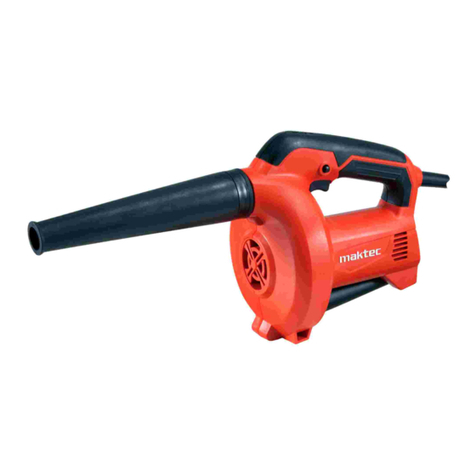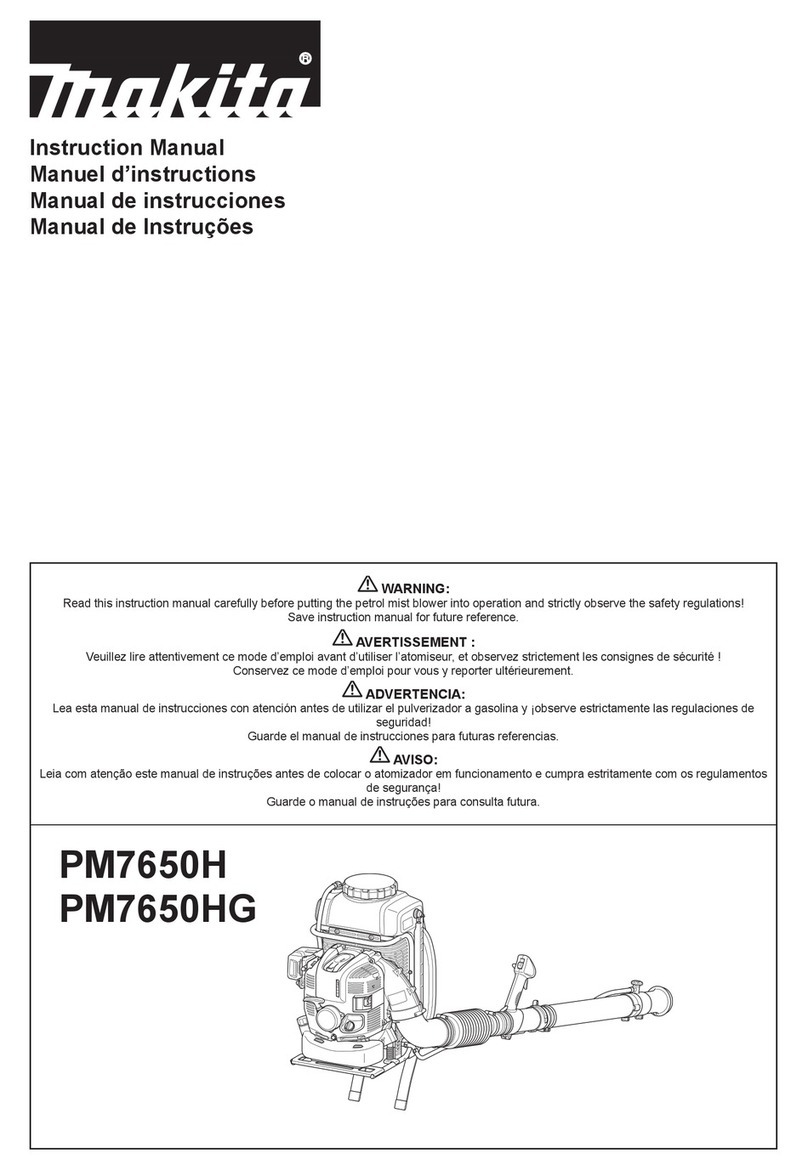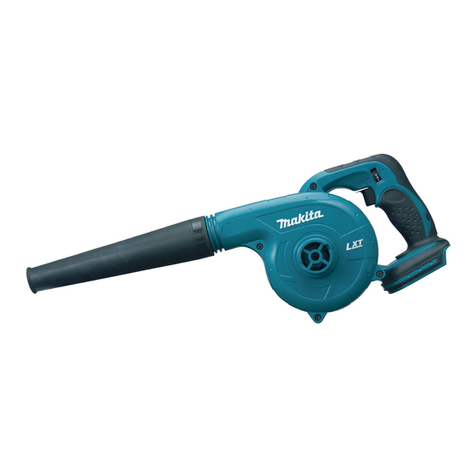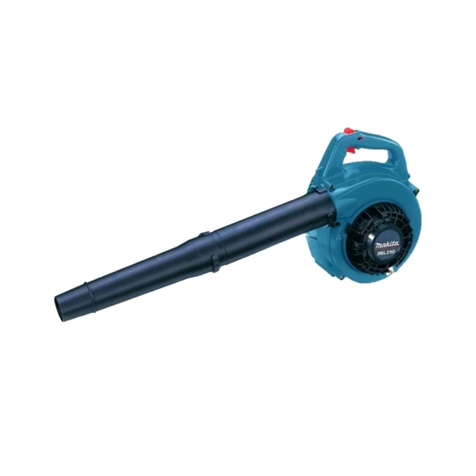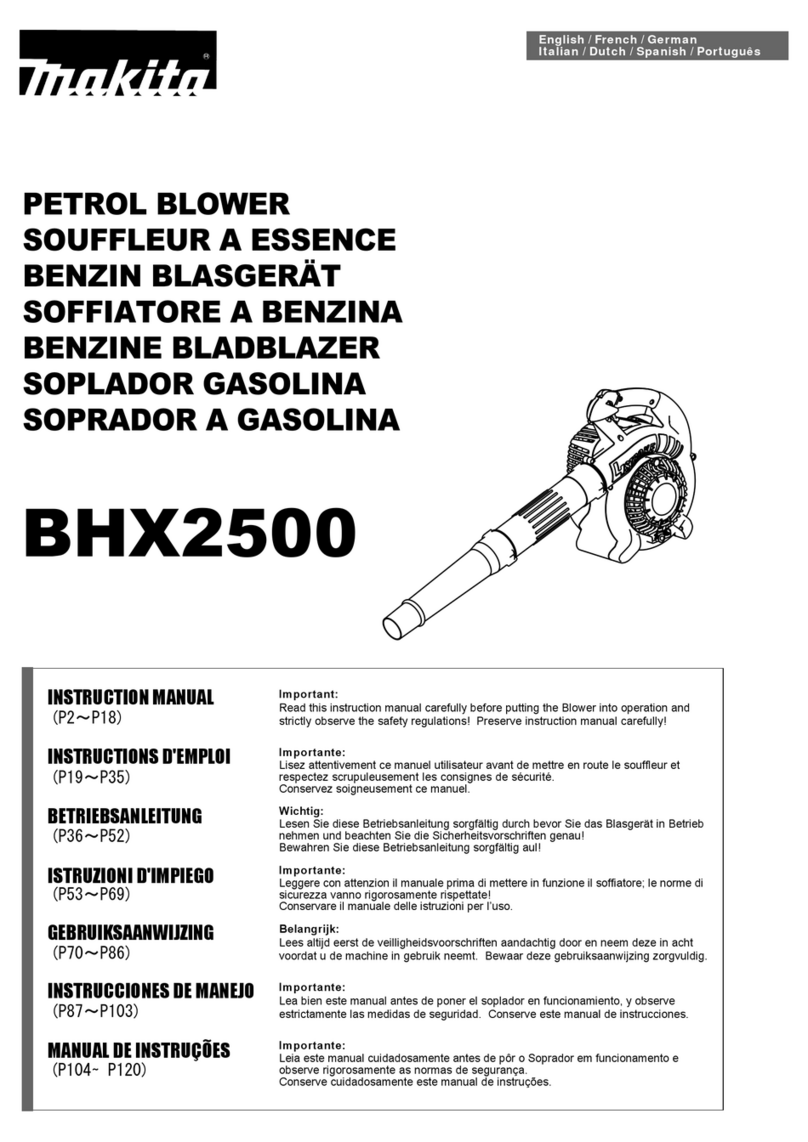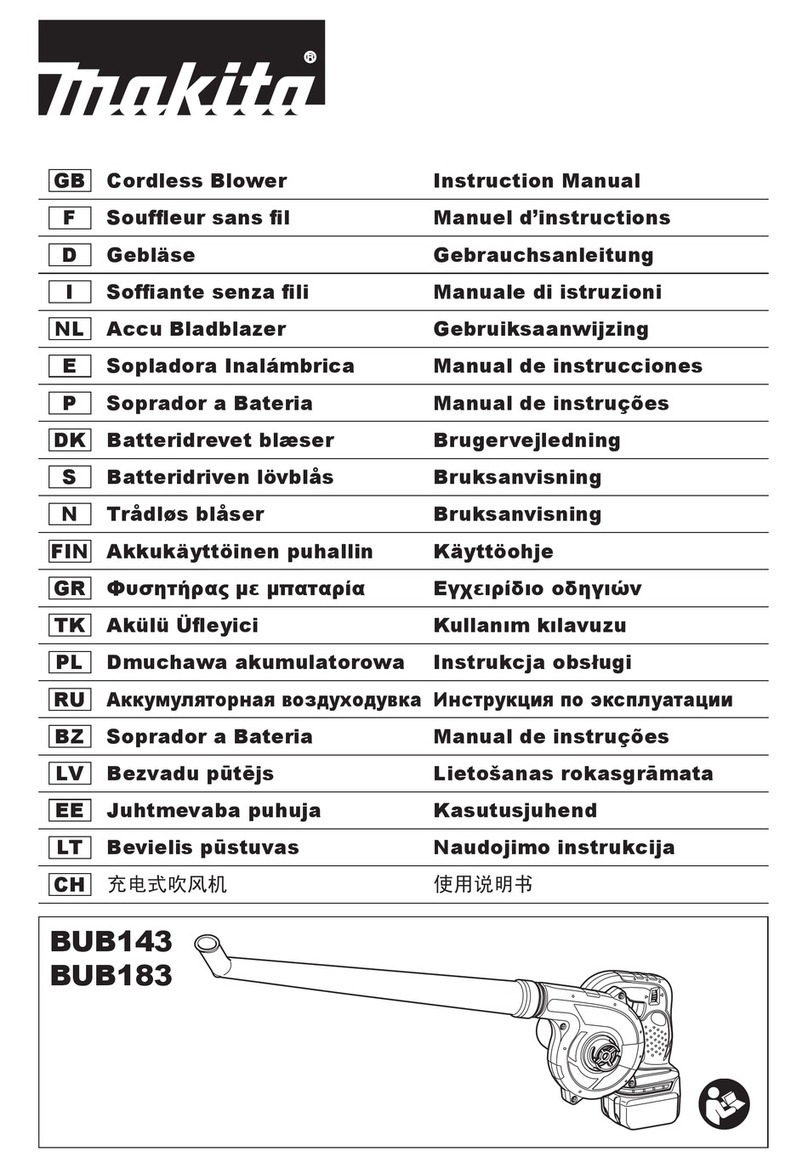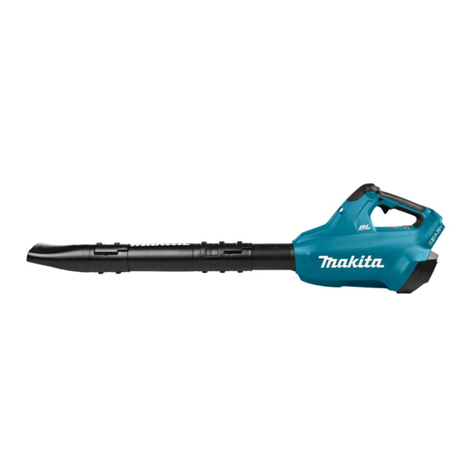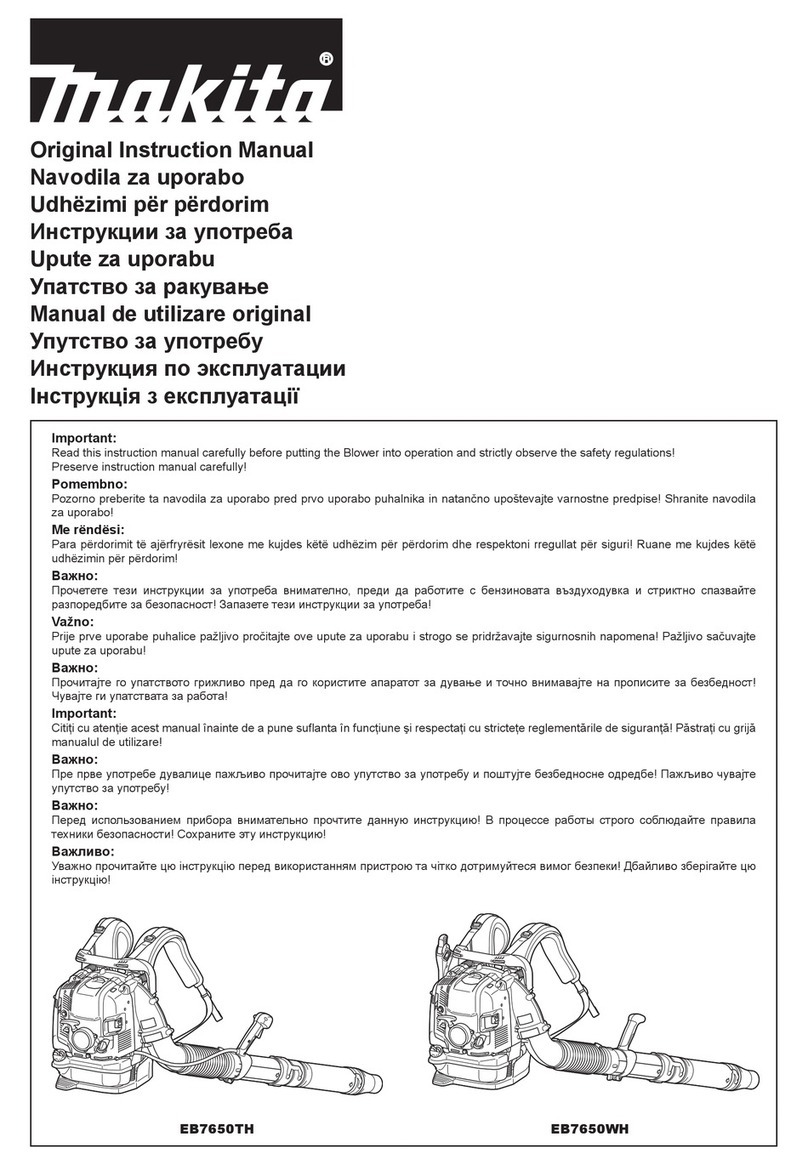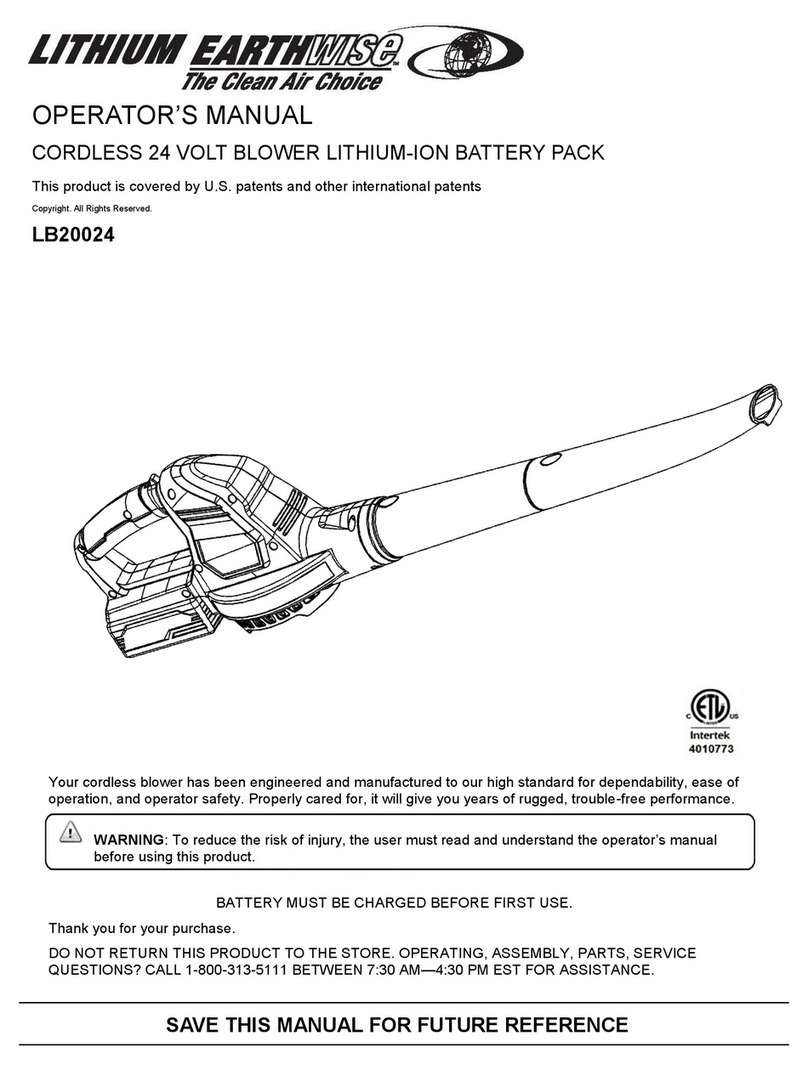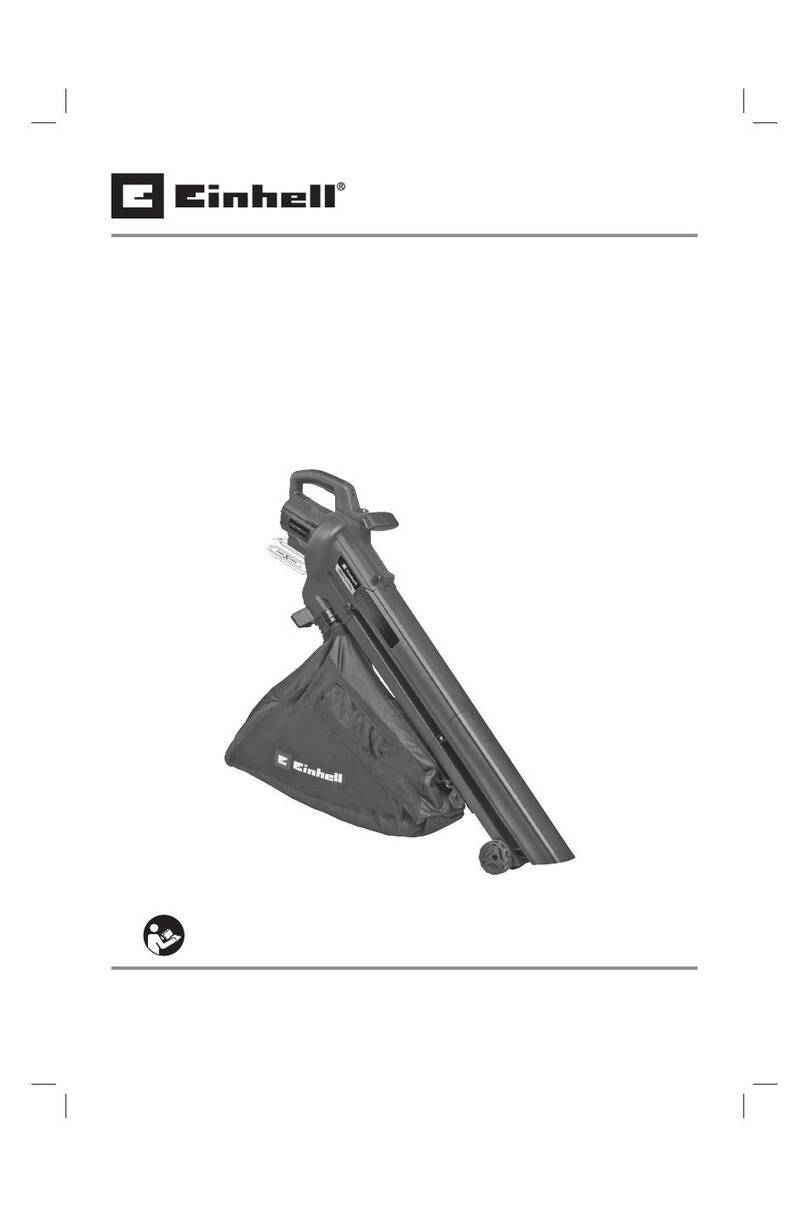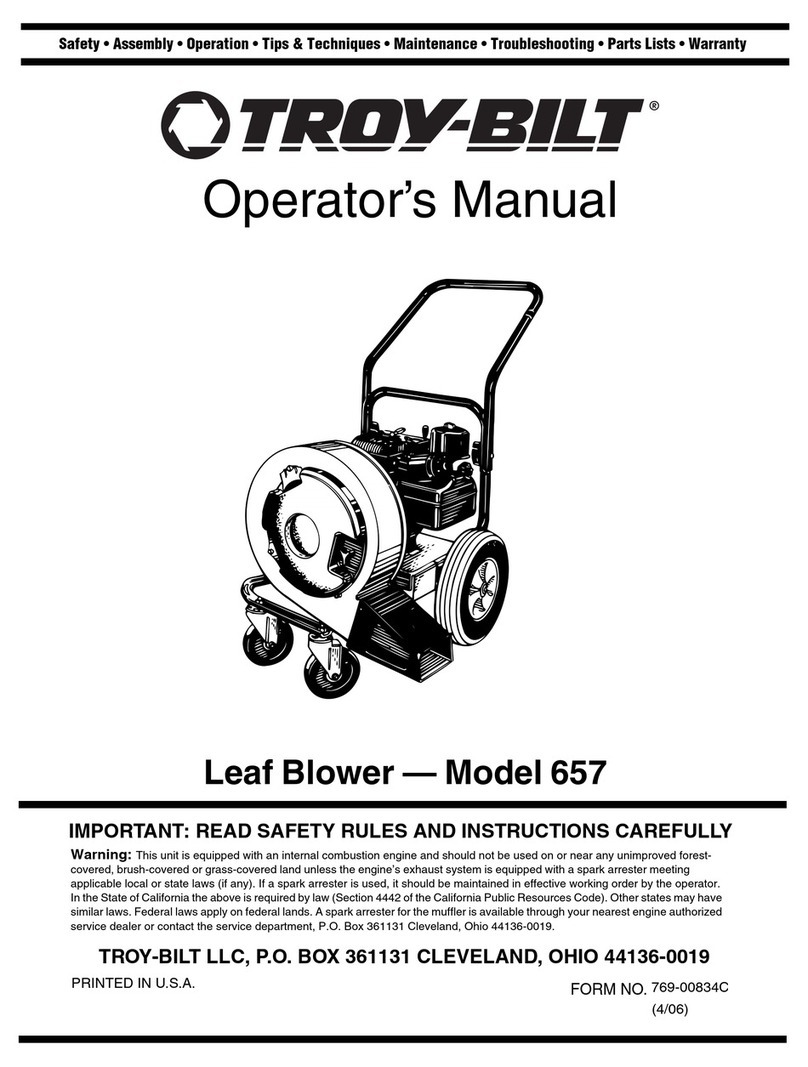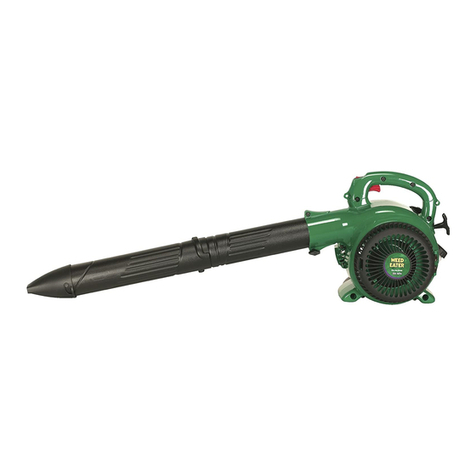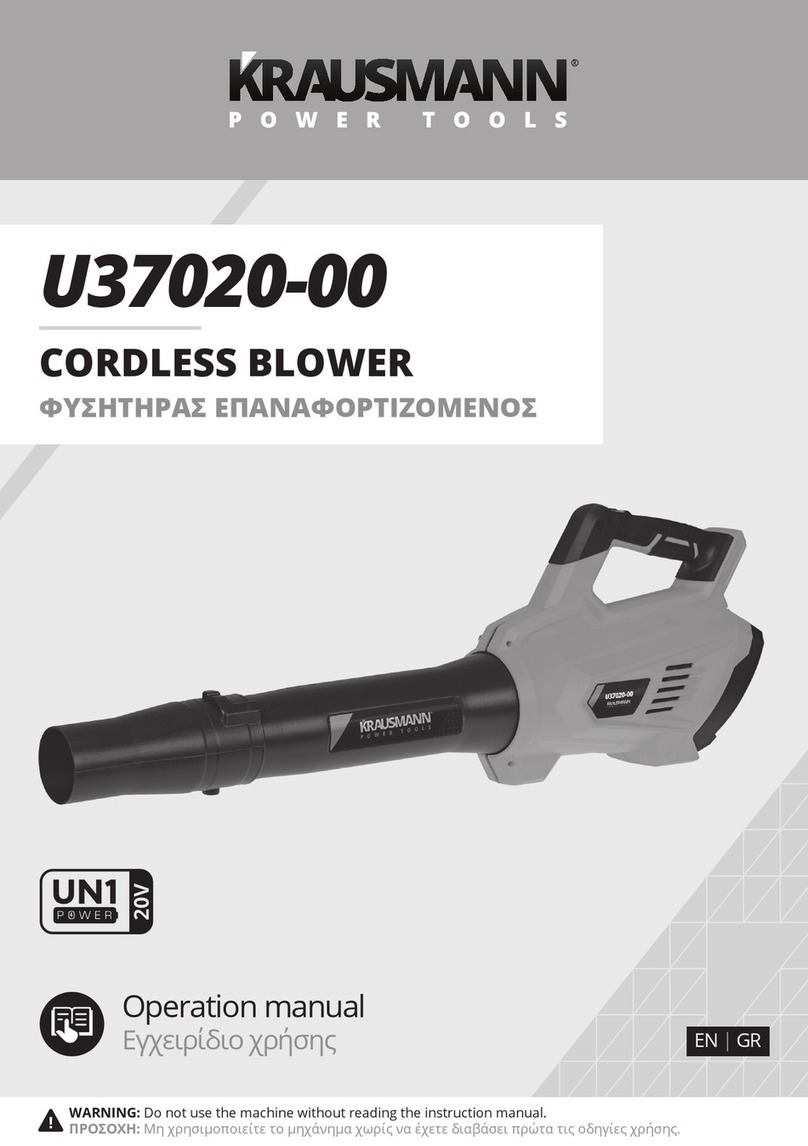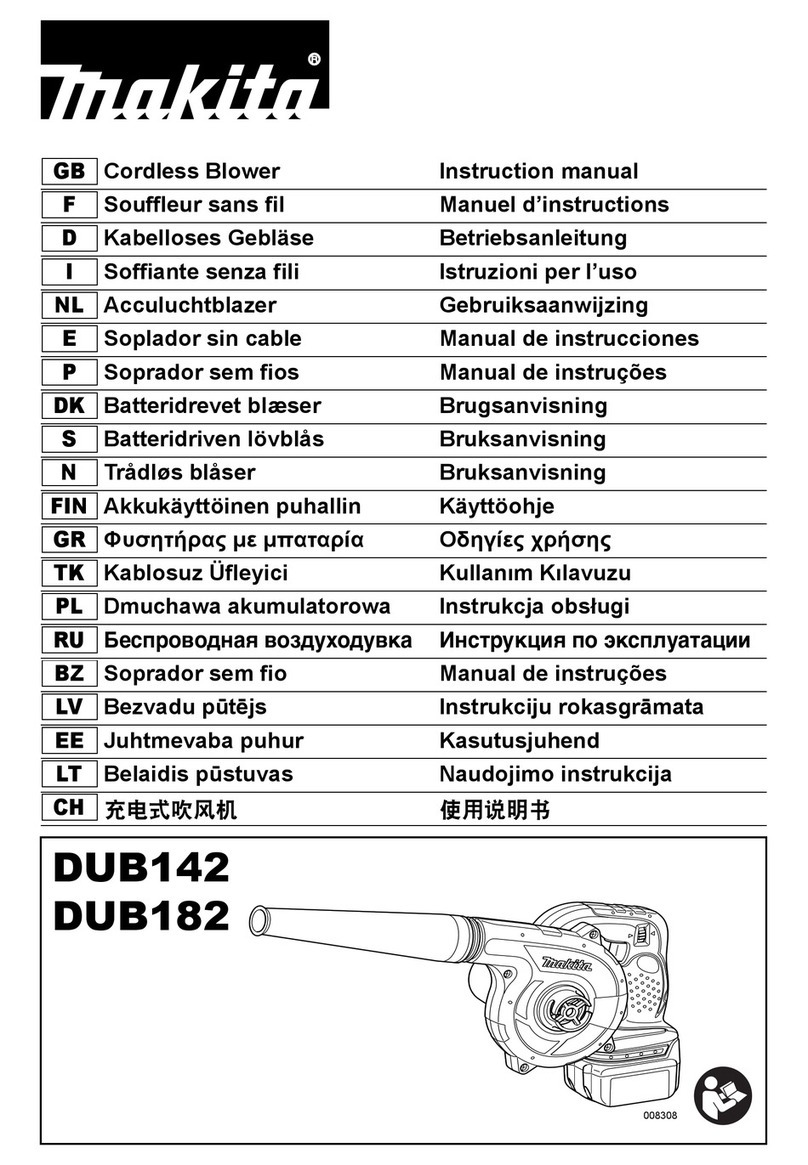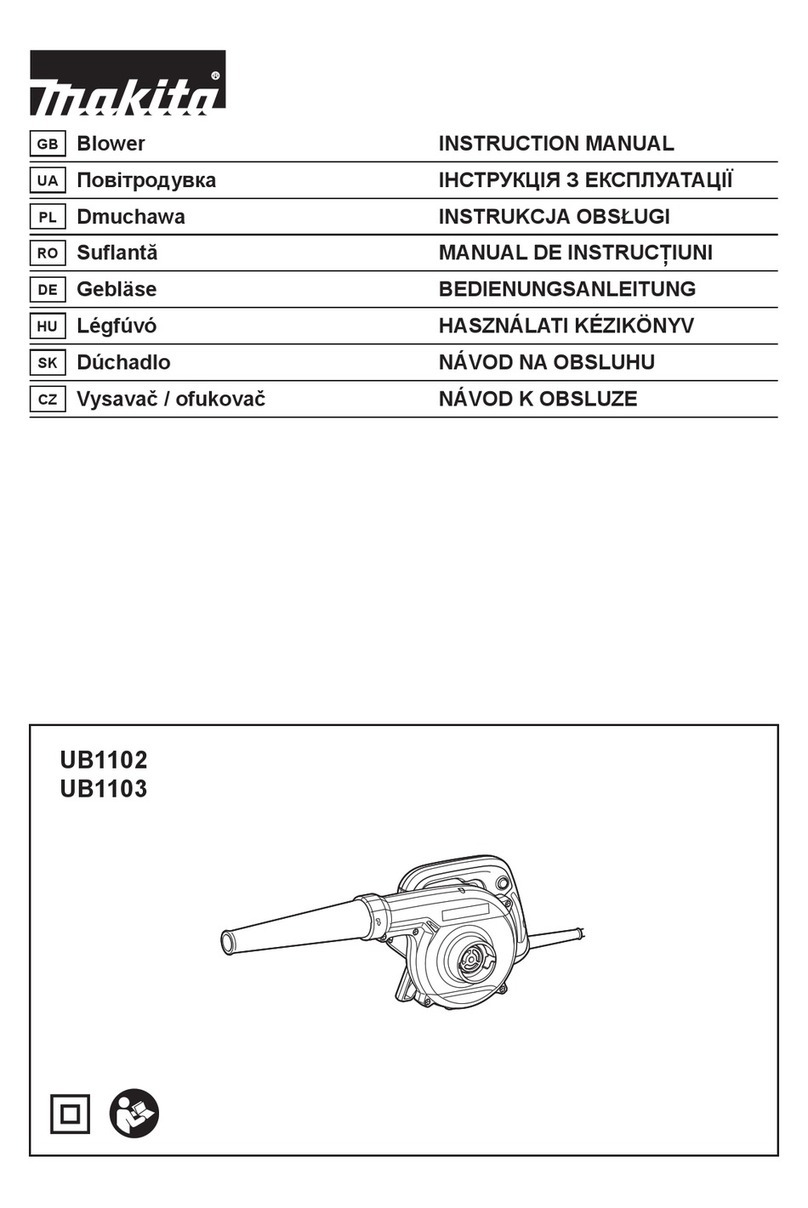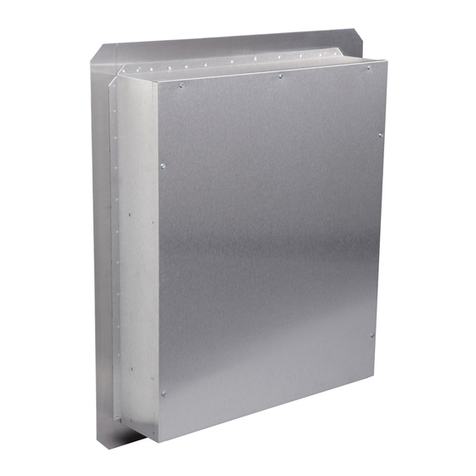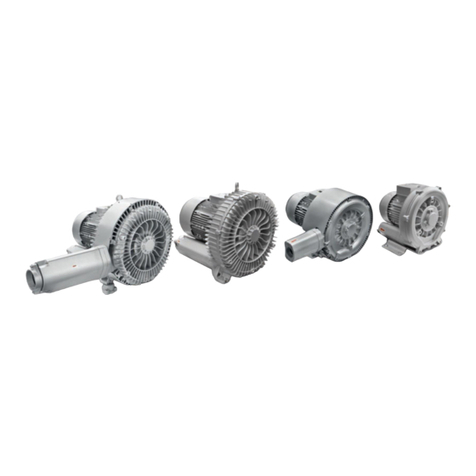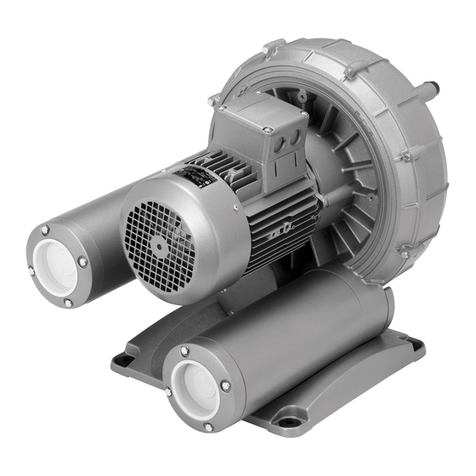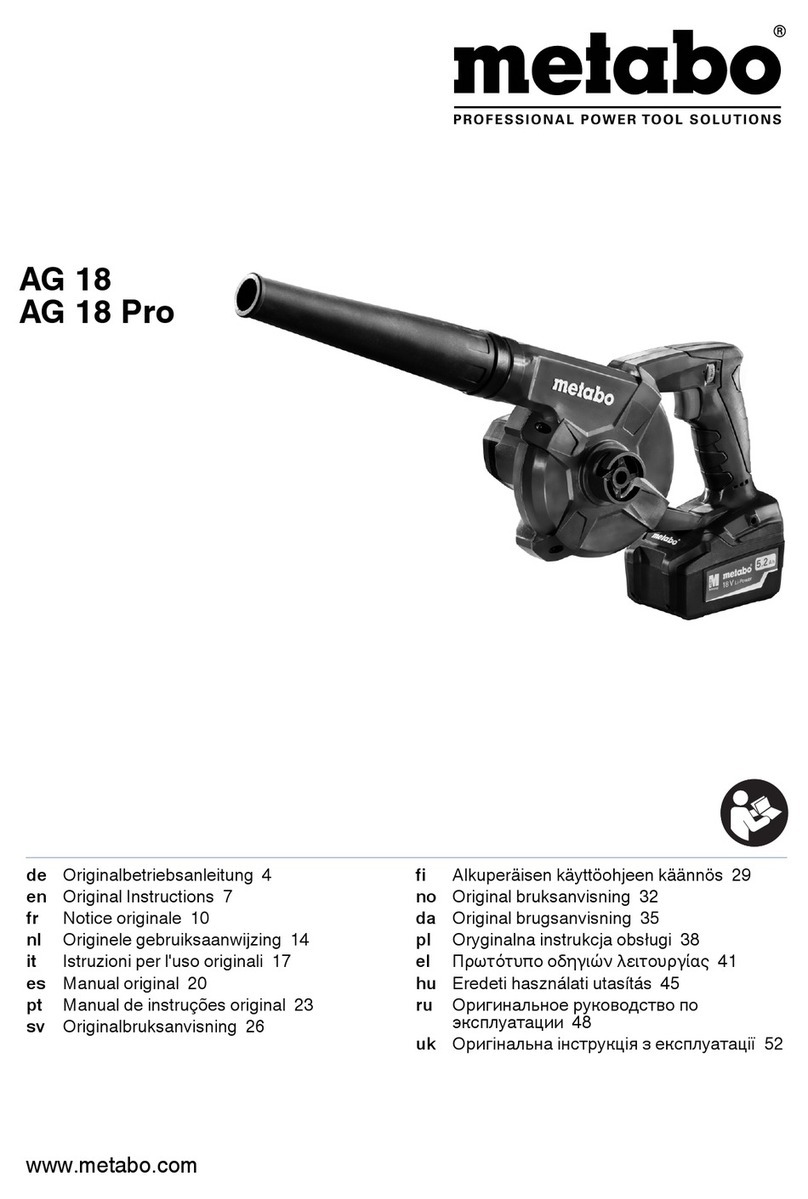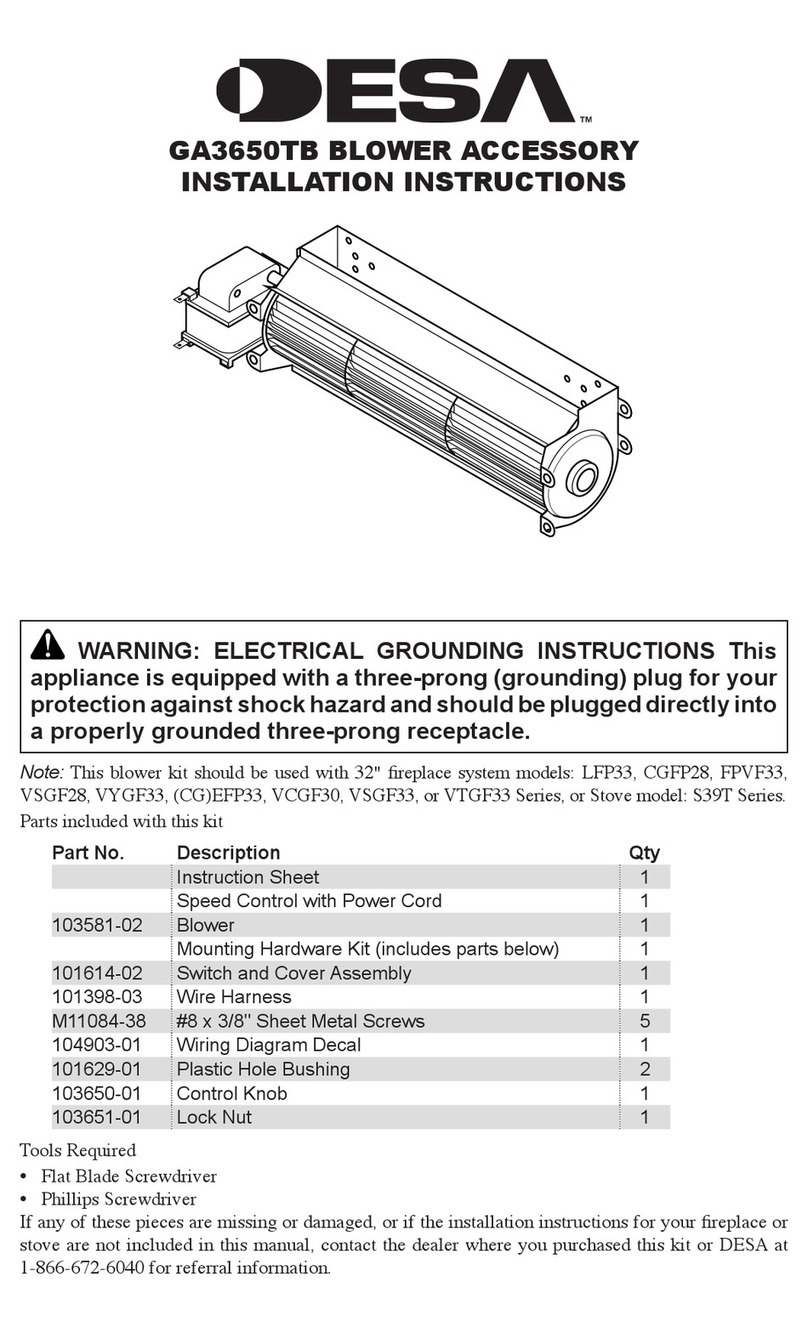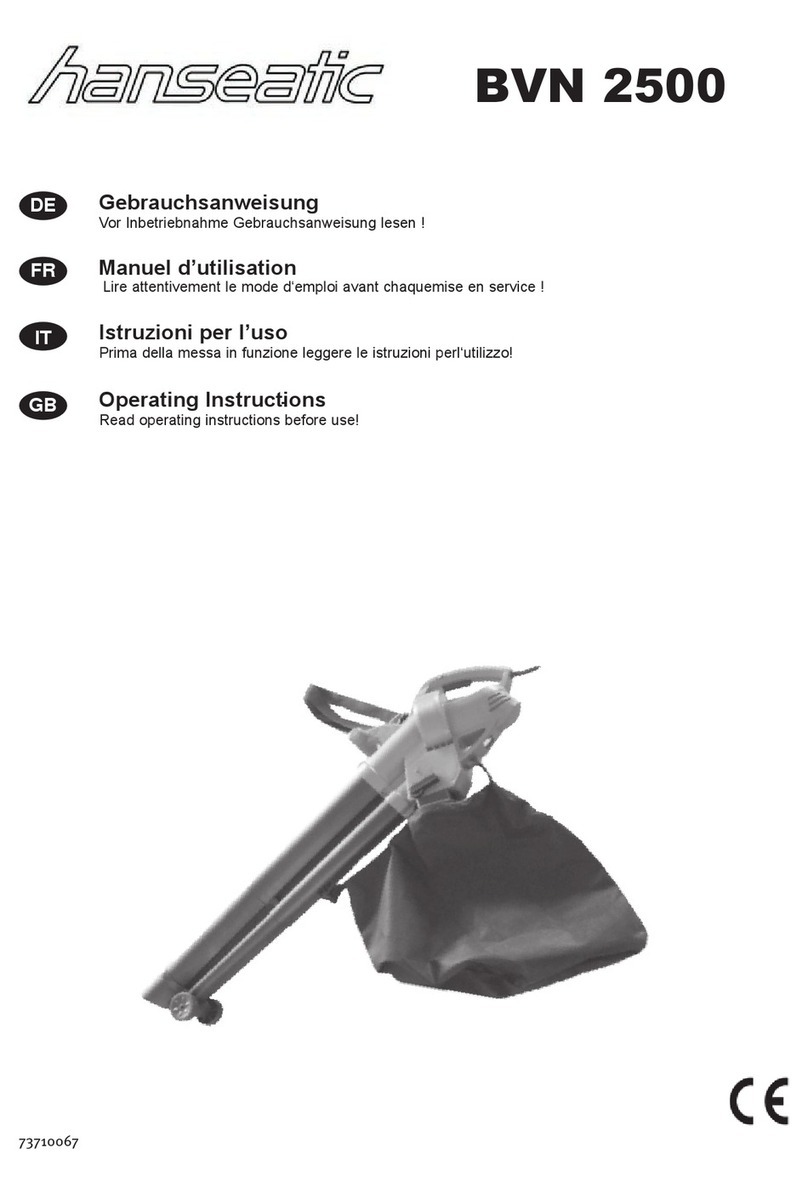
10
15.
Loose clothes, jewellery
or long hair can be caught in moving parts.
16.
Use of dust
collection can reduce dust-related hazards.
17.
The correct power
tool will do the job better and safer at the rate for
which it was designed.
18.
Any power tool that cannot be
controlled with the switch is dangerous and must be
repaired.
19.
Such preventive safety
measures reduce the risk of starting the power tool
accidentally.
20.
Power tools are dangerous in the hands
of untrained users.
21.
binding of moving parts, breakage of parts and
Many accidents are caused by
poorly maintained power tools.
22. Properly
maintained cutting tools with sharp cutting edges are
less likely to bind and are easier to control.
23.
Use of the power tool for
operations different from those intended could result
in a hazardous situation.
24.
A charger that is suitable for one type
with another battery pack.
25.
Use of any other battery packs may
26.
Shorting the battery terminals together may
27.
Liquid ejected from the battery may cause irritation
or burns.
28.
This will ensure that the safety of the power
tool is maintained.
29.
30.
ENB116-5
BLOWER SAFETY WARNINGS
1.
2.
3.
4.
Increased motor revolution may cause dangerous
fan breakage and result in serious personal injury.
5.
6. Do not operate the blower near open window,
7.
8. Using rakes and brooms to loosen debris before
9.
10.
11.
12.
13.
WARNING:
•
•
•
